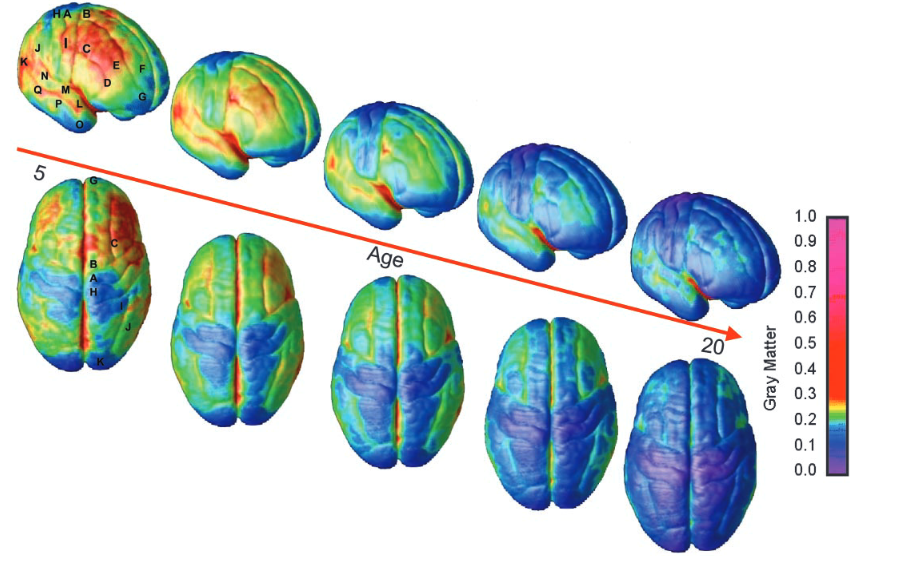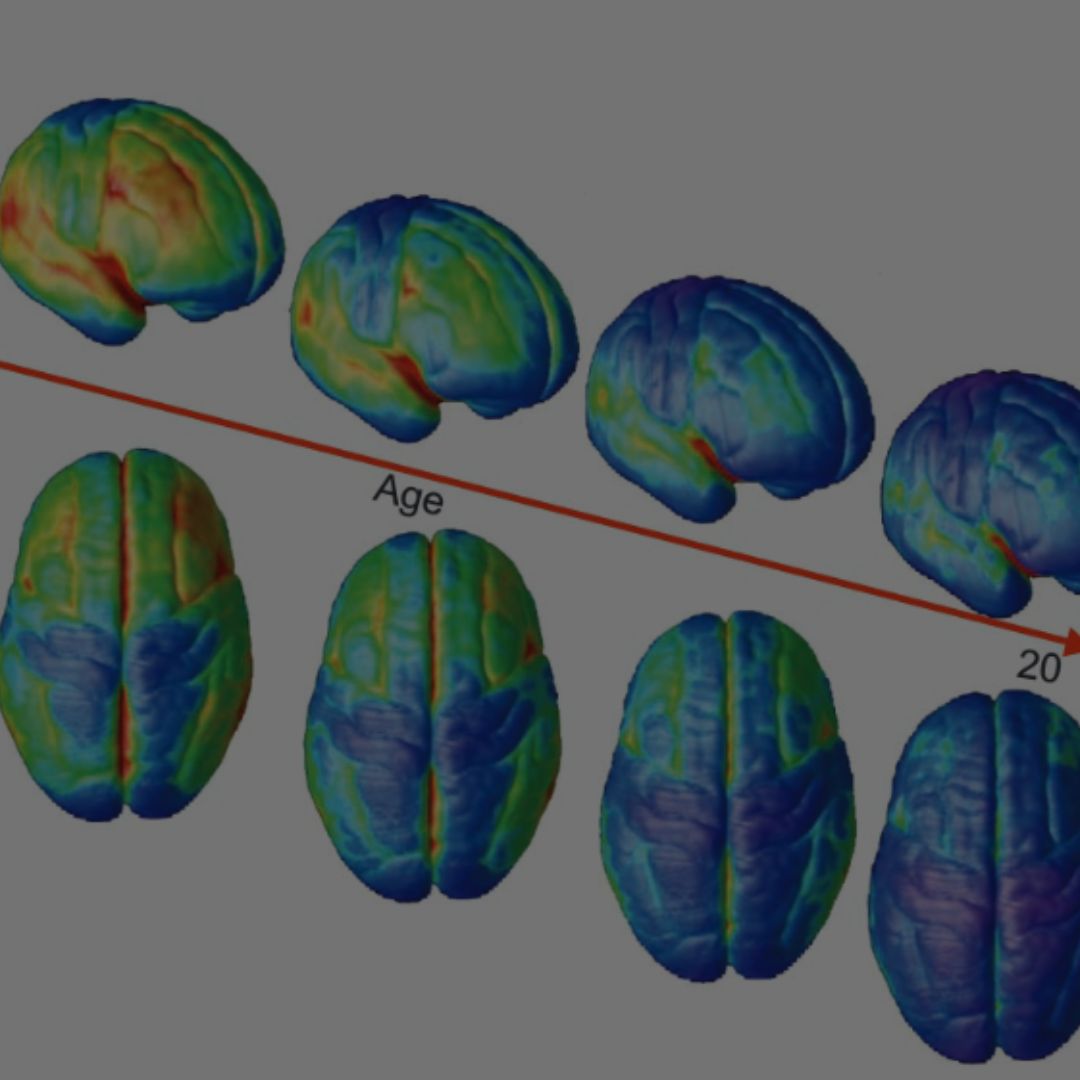Students come to schools to learn.
Schools are a places of learning.
Quite common statements. Do you also believe that these statements are true? If your answer is YES, this blog is for you and if your answer is NO, then this blog is definitely for you!

–Source: “Dynamic Mapping of Human Cortical Development During Childhood Through Early Adulthood,” Proceedings of the National Academy of Sciences
In this series of brain scans taken from age 5 through age 20, blue areas indicate more mature and efficient networks within the brain. In mid-to-late adolescence, the brain rapidly matures, beginning with special perception (centre line visible from the top). The front areas associated with critical thinking and planning continue to develop through the teenage years to the early 20s, and the temporal lobe, located in the bottom lobe curve and associated with learning and memory, is among the last areas to fully mature.
Research studies like these shows the direct connection between majority of the school going years and changes in the brain. The three behaviour changes primarily seen in teens across the world are: 1) increased need to seek new experiences; 2) increased risk taking; and 3) peer influence over social behaviour. These behaviour changes are seen in all social mammals. “Although the behaviours may lead to danger, they confer an evolutionary advantage by encouraging separation from comfort and safety of the natal family, which decreases the chances of inbreeding. The behaviour changes also foster the development and acquisition of independent survival skills.” (LP, 2000)
Considering all these changes taking place inside a young person’s brain, this forms the foundation for giving school students across various age groups a chance and space to learn life skills.
Close your eyes and visualise a normal school day. After you opened your eyes, did you see students, books, school bags, blackboards/whiteboards with loads of information that students are trying to note down in their notebooks? Most of our education revolves around one way knowledge transfers from teachers to students. Right from the first period to last period of a normal school day.
But as part of education systems, educators, parents, societies etc. are we really on the right pathway where we can expect our students/young persons to face life once they are out of schools?
What our students really need are opportunities, spaces and exposures where they can learn the skills that shall support them, come handy in their life during and after their school years.
States across India are introducing curriculums that benefits students in their well-being. To name a few, we have Anandam Pathyacharya in Uttarakhand, Happiness Curriculum in Delhi, Harsh Johar in Jharkhand, and Happiness as a subject in Madhya Pradesh etc. It is indeed heartening to know that our Education policies are focussing on the need of life skills and emotional well-being of our students more than ever now. The National Education policy 2020 in its para 10.1.2 clearly states that, ‘It will incorporate curriculum and pedagogy rooted in Indian ethos, languages, art and culture, that will prepare learners to address the challenges of 21st century with indigenous knowledge, experience, skills and courage.’
In the course of my work interacting with state education department officials, here in Uttarakhand for 2.5 years now and visiting schools, talking to students, teachers, officials, parents regularly, I can say one thing with conviction that our students need experiences and opportunities where they can know themselves, know their peers, connect with society and nature. As obvious of a need as it seems, it isn’t that simple considering the nature of our school systems. However, I am glad that I am living through these times when education systems not just in India but across the world are evolving fast with a focus on students and needs of the 21st century.
Certainly, there are large gaps to fill and we have started the journey by acknowledging the needs and working for changes in our systems to walk together with needs and requirements of these times.
The article is written by Simrat Kaur, Anchor, Systems Demonstrations (Uttarakhand) with Dream a Dream.


